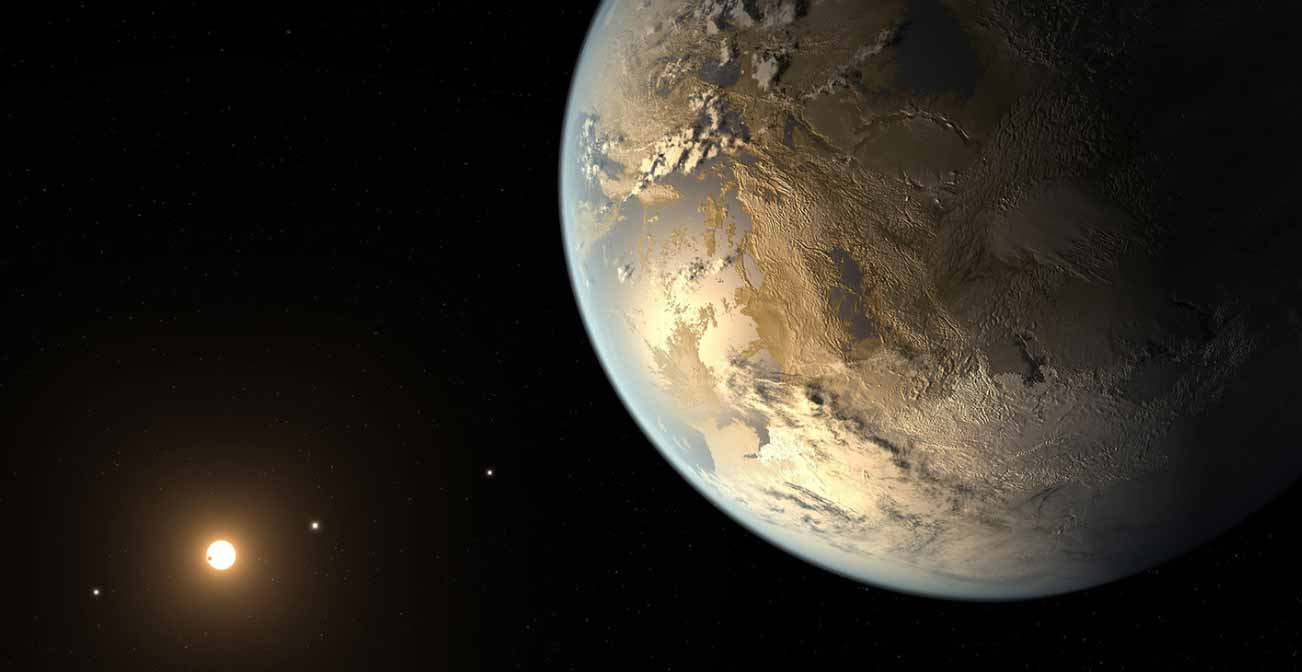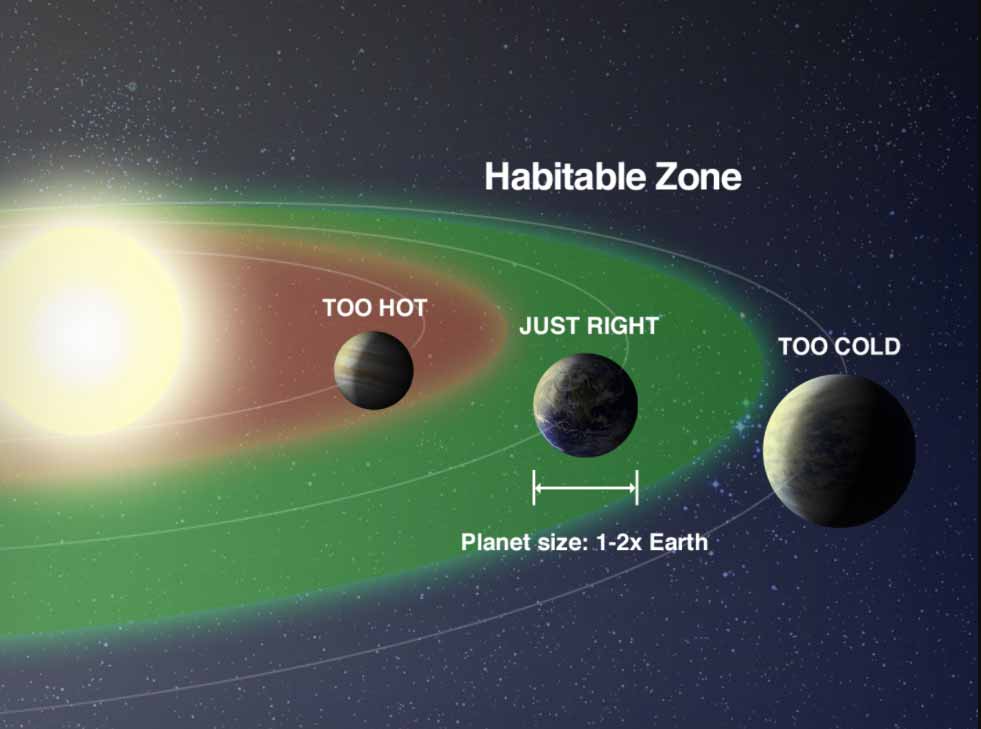- A team of Washington State University astronomers identified 24 ‘superhabitable’ planets.
- The newly discovered planets could have better conditions for life than planet Earth.
- The findings could be a significant step towards exploring for life elsewhere in the universe.

Washington State University astronomers identified two dozens of planets that could have suitable and even better conditions for life than Earth. The newly discovered planets were distinguished out of 4,500 exoplanets, Daily Mail reports.
According to the team leading the research, the ‘superhabitable’ planets create better conditions for developing complex life, as they are older, larger, warmer, and most probably have more water than Earth. The combination of these factors with a slightly cooler and longer-living star than our sun is a predicament for shaping a significantly improved environment.
Dirk Schulze-Makuch, the lead author of the study, says these planets have the most hopeful conditions for developing complex life forms.
Unfortunately, the new worlds are too far for us to be able to visit them – over 100 light-years away. However, the Washington astronomers’ findings could be a valuable step towards searching for life elsewhere in the vast universe.
The author and geobiologist, backed up by the team of professionals, identified potential criteria for a planet to be called ‘superhabitable’. It’s essential to be mentioned that habitability does not mean that these new planets definitely have life. What the term describes is that they likely have the conditions needed for developing life.
While working on their research, the team examined systems with probable terrestrial planets orbiting within the host star’s ‘liquid water habitable zone’, also called the ‘Goldilocks zone.’

Determining factors for deeming a planet ‘superhabitable’:
- In orbit around a K dwarf star
- About 5–8 billion years old
- Up to 1.5 more massive than Earth and about 10% larger than Earth
- Mean surface temperature about 5°C higher than on Earth
- Moist atmosphere with 25–30% O2 levels, the rest mostly inert gases (e.g., N2)
- Scattered land/water distributed with lots of shallow water areas and archipelagos
- Large moon (1–10% of the planetary mass) at moderate distance (10–100 planetary radii)
- Has plate tectonics or similar geological/geochemical recycling mechanism as well as a strong protective geomagnetic field
Schulze-Makuch explained:
“With the next space telescopes coming up, we will get more information, so it is important to select some targets. We have to focus on certain planets that have the most promising conditions for complex life. However, we have to be careful to not get stuck looking for a second Earth because there could be planets that might be more suitable for life than ours.”
Although none of the 24 most promising planets meets all the norms to be identified as ‘superhabitable,’ one of them has four of the characteristics. This makes the possibility of the existence of a better planet than Earth much higher. The geobiologist added:
“It’s sometimes difficult to convey this principle of superhabitable planets because we think we have the best planet. We have a great number of complex and diverse lifeforms, and many that can survive in extreme environments. It is good to have adaptable life, but that doesn’t mean that we have the best of everything.”




